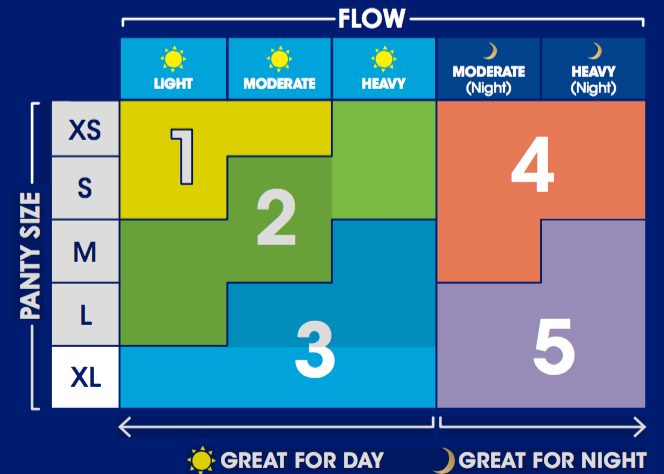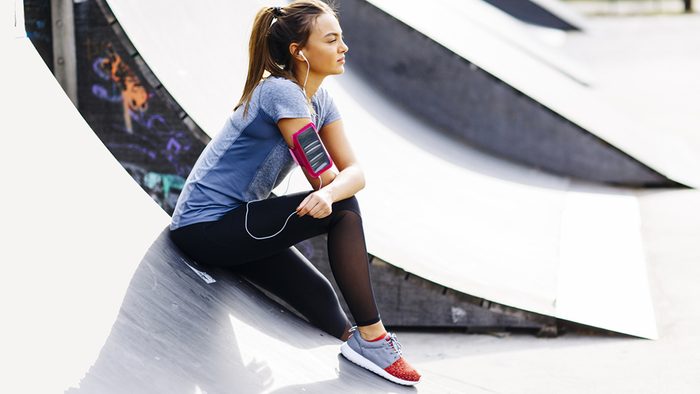
What size are you?
We seem to be comfortable in knowing what our size is. And somehow when our sizes change it means something is off, and we try to fight it. I know I’ve tried squeezing into an unforgiving pair of jeans a few times before I concede that it’s time for a new pair. And while we seem to embrace change in other parts of our lives (jobs, relationships, even getting out of our fitness comfort zones), when it comes to sizes, we fight it. Even emotionally.
But in an attempt to embrace all changes – even the physical ones – this guide will help you figure out if you’re wearing the right size. Click through to see if you are. – Lisa Hannam
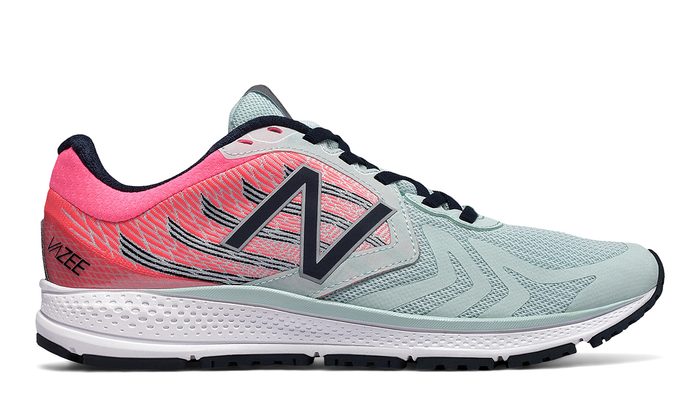
Are you wearing the right size shoe?
Are your running shoes rubbing, pinching or slipping? Then you’re not wearing the right size, says Robbie Nolan, a “Trackster” employee New Balance, who specializes in product fit. “If the shoe is too small you put yourself at risk for creating friction or pressure spots which could lead to things like blisters and black toenails and just general discomfort. If the size is too big and your foot is too sloppy in the shoe then you’re putting yourself at risk of the shoe potentially slipping off, friction or pressure spots in different areas – because the foot is sitting where it shouldn’t be – and again just general discomfort.” He says your running shoe should be as comfortable as a slipper. Here’s Nolan’s rules for fit.
- Trying on the shoe, your thumb should slip easily behind between your heel. This will make up for any swelling that naturally happens when you run or workout.
- Don’t touch your toes. When you bend forward to reach your foot, your body mechanics naturally pull your feet back and give you room, even when you don’t have it.
- When you get sized, ask the staff to measure your foot first, they have the tools to make sure you get the right size to try on.
- Take your time trying on shoes. Unless it’s a few minutes before closing, the staff isn’t going anywhere and you have time. Walk around the store, move in the shoes, and really feel that heel-to-toe movement. You’re going to be wearing the shoes for a long time so taking a little extra time to make sure they feel good. Try on all your options.
- Don’t sweat the size. It is just a number. Typically athletic shoes fit differently than other types of shoes so it’s not uncommon to be a half or a full size different than what you usually wear. Promise, your feet will thank you. – L.H.
New Balance Vazee Pace V2 Running Shoe, $79.99 at select Sportchek locations.
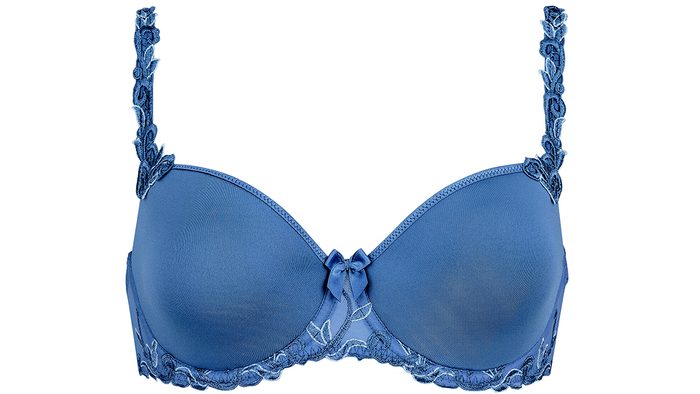
Are you wearing the right size bra?
“A D cup is nothing!” Jane Collins of London, Ont., who calls herself The Bra Lady, tells us. Bra sizes can range from A cup up to KK. Most women’s breasts will change in size seven times over their lives, she adds. Here are her bra-sizing tips:
- The bra should fit both around the body and the breasts, with nipples at the midline of the cup.
- Get out of the Small, Medium and Large sizes, especially with sports bras. A proper fitting bra should have a band size and a cup size
- Move in the bra, as breasts move around, not just up and down.
- Get fitted. And do it again and again – every time you buy a bra. Yes, they change size that quickly and that often.
- Don’t freak out over the cup size. The difference between an A and a C is two inches. So don’t sweat a cup change as being a bigger deal than it is. –L.H.
Simone Pérèle Andora 3D Molded Underwire Bra, $129 at nordstrom.com.
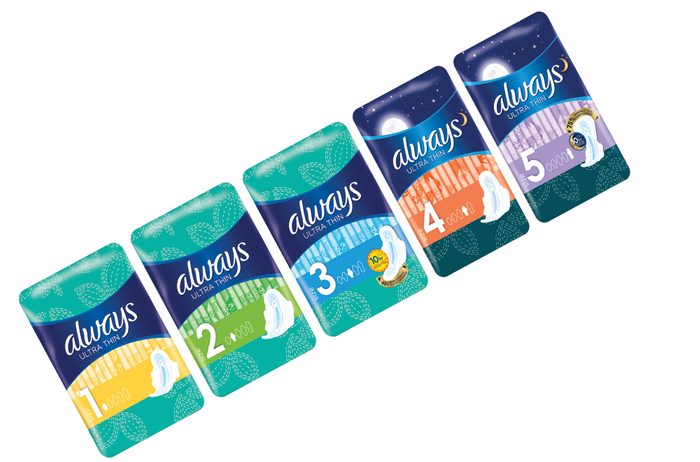
Are you wearing the right size pad?
Smaller isn’t always better. And if the thought of wearing a long pad, seems wrong to you then you’ll want to re-evaluate. Wearing the wrong pad-size may be one of the reasons why 80 percent of women experience at least one leak during every period. Always’ senior scientist, Laura Goodman, offers these tips for finding the proper-sized pad for your needs.
- Know that pads aren’t just designed for specific flow types. They’re also made in different lengths and in a verity of front and back coverage sizes.
- You’ll need more than one pad size: One for day and and one for night protection. And in addition to that, you may also notice you need other sizes for different types of flow days.
- Look for your panty size and flow type to determine your size. On the package, the customized colour-coded size shows you the best protection for your needs.
- Check out the Always My Fit sizing chart, pictured below.
- And don’t take the size seriously. Your period changes, and so will the size. It’s really not that big of a deal. –Angela Serednicki
